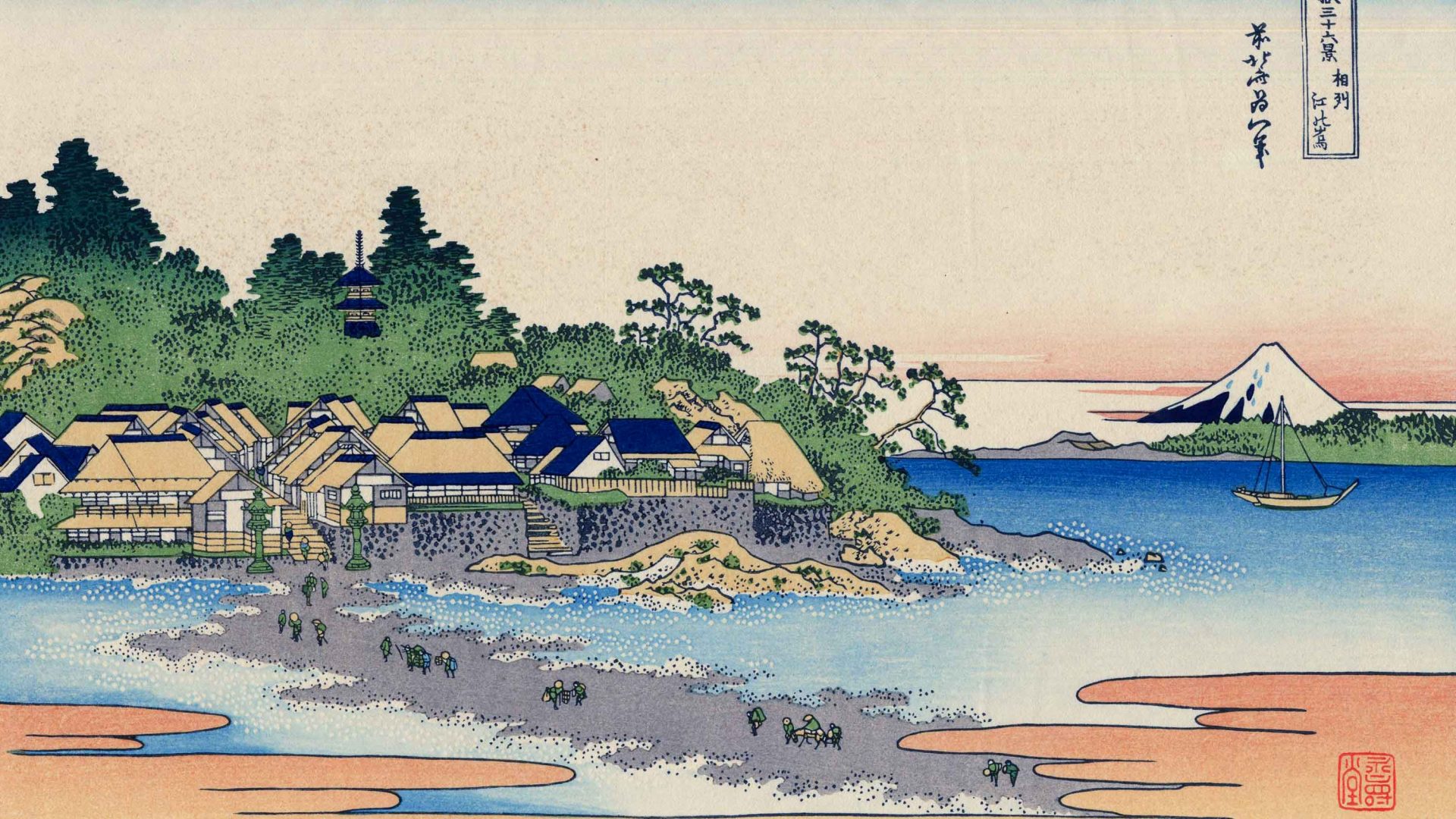One of the slowest countries to reopen, Japan is now letting in visitors—under a few conditions. You’ll need to come with an approved tour group and keep your mask on, but for the first time in two years, foreign tourists can travel to the island country.
For the first time in two years, Japan has provisionally opened its borders to foreign tourism. And only about 1,500 hundred people showed up.
That’s not even five percent of pre-pandemic rates. In 2019 and the years leading up to it, foreign travelers had been visiting Japan in droves. That year, 31.9 million people came to experience the island country’s sushi, onsen (hot springs), and unique history and culture before the world entered lockdown.
Tourism had been on an upward trajectory too, increasing steadily over the course of the decade. And right now, with the yen weaker against the dollar than it has been in years, the usually-expensive country is relatively affordable to visit (if you don’t factor in the high cost of airfare)—so you’d think it’d be an ideal time for a trip to Japan.
But now, foreign entries—including those traveling for work or school—are capped at 20,000 a day. And there are other rules. Tourists are only allowed from 98 countries that have been deemed to be at low risk for spreading infection, and travelers must apply for a visa at a Japanese consulate (no more picking up a tourist visa at customs). You must have private insurance for COVID-19, be part of an approved guided tour group, and wear face coverings indoors and on public transportation.
If you’re an independent traveler who likes the freedom to set your own itinerary, that’s still not an option in Japan. It’s unclear when tourists will be allowed to enter and travel on their own, but members of the Japanese travel industry think it might be allowed again closer to the end of the year.
These measures are relatively stringent compared to the rest of the world. It’s been more than two years since the pandemic’s first outbreaks closed borders and set international travelers scrambling to find safe ways home, and most countries (not all) have reopened for tourism in one form or another.
Japan has also responded strongly to waves of reinfection over the course of the pandemic. When Omicron spread across the world at the end of 2021 and beginning of 2022, the island nation closed its borders to all foreign travel at a time when most other countries settled for putting stricter testing and vaccination standards in place. Japan’s caution mostly seemed to pay off—other than a small spike following the Tokyo Olympics, the per capita infection and the death rate have remained low.
This is not to say that total isolation is the best option, or even an option at all, for every country, and public health isn’t the only factor governments have to consider when weighing reopening decisions.
Tourism was a relatively small segment of Japan’s economy even before the pandemic, responsible for only two percent of the nation’s GDP in 2017. And so while it’s a big deal to the more than six million people who work in the sector, severely restricting tourism isn’t as much a blow to the nation as a whole in the way it is for a country like Mexico, where tourism accounts for more than four times as much of the national economy.
Travel restrictions aren’t the end-all-be-all of limiting the spread of coronavirus, either. William Hange, an epidemiologist at the Harvard T.H. Chan School of Public Health, explained to the New York Times that they’re only effective when there’s a significant difference in risk and prevalence between the places you’re traveling between—like at the beginning of the pandemic when outbreaks were geographically limited and hadn’t spread around the globe. “If there isn’t a big difference, said Hange, “then they are not particularly valuable.”
It may be that the limits Japan put on foreign visitation weren’t adequate for the difference in risk between them and other nations. Cases of the highly contagious BA.5 omicron subvariant are spiking there, same as in many other parts of the world, with over 200,000 new cases a day at the end of July.
An effective one-size-fits-all tourism policy is hard to come by. Reopening to outsiders, particularly for tourism, might not be a high priority for a country that credits its success in containing the pandemic to its high degree of social cohesion. But for travelers who appreciate Japan for its natural beauty, unique cuisine, and fascinating culture, even a limited invitation is better than nothing.
***
Adventure.com strives to be a low-emissions publication by reducing emissions where possible. Carbon emissions generated by the movements of our staff and contributors are carbon offset through our parent company, Intrepid. You can visit our sustainability page and read our Contributor Impact Guidelines for more information. While we take our commitment to people and planet seriously, we acknowledge that we still have plenty of work to do, and we welcome all feedback and suggestions from our readers. You can contact us any time at hello@adventure.com. Please allow up to one week for a response.









